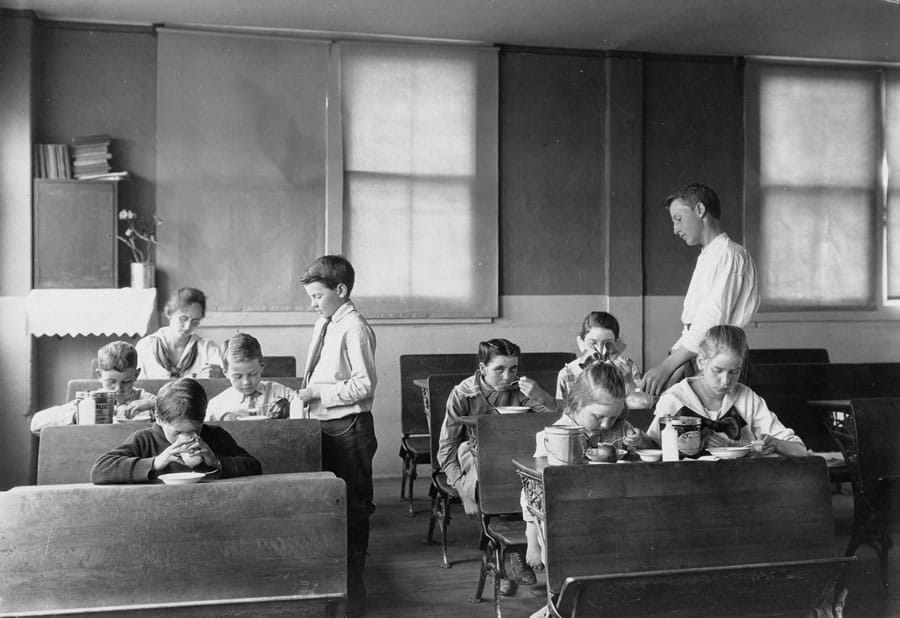
19th Century Common Schools vs. 21st Century Public Schools Essay
The development of the contemporary public education in the US dates back to the development of common schools in the 19th century. At first glance, the 19th century common schools were precursors of the contemporary, 21st century public schools. On the other hand, they were still quite different from the contemporary public schools. Therefore, the 19th century common schools contributed to the formation of the contemporary public education, which bears its specificities.
The development of the 19th century common schools aimed at the provision of basic education to all Americans, regardless of their social status. In this regard, the 21st century public schools have the same goal for they provide education for all students, who cannot afford private education. In such a way, both common and public schools focus on the enrollment of Americans in education.
At the same time, in spite of efforts of common schools to be nonsectarian, they were still vulnerable to the impact of Protestant values, including the promotion of work ethics and development of the concept of American dream as the fundamental value of the American society. In this regard, contemporary public schools are, to a certain extent similar to common schools because public schools also attempt to avoid the impact of any religious movement but still the contemporary public education is still vulnerable to the impact of Protestant values.
On the other hand, the contemporary public schools focus on the development of multiculturalism shifting from the conventional American values. In such a way, public schools attempt to shift from the domination of American values to the respect of multiculturalism.
Thus, common schools became precursors of public schools but public schools operate in a different socio-cultural environment and attempt to meet needs of the contemporary society.

